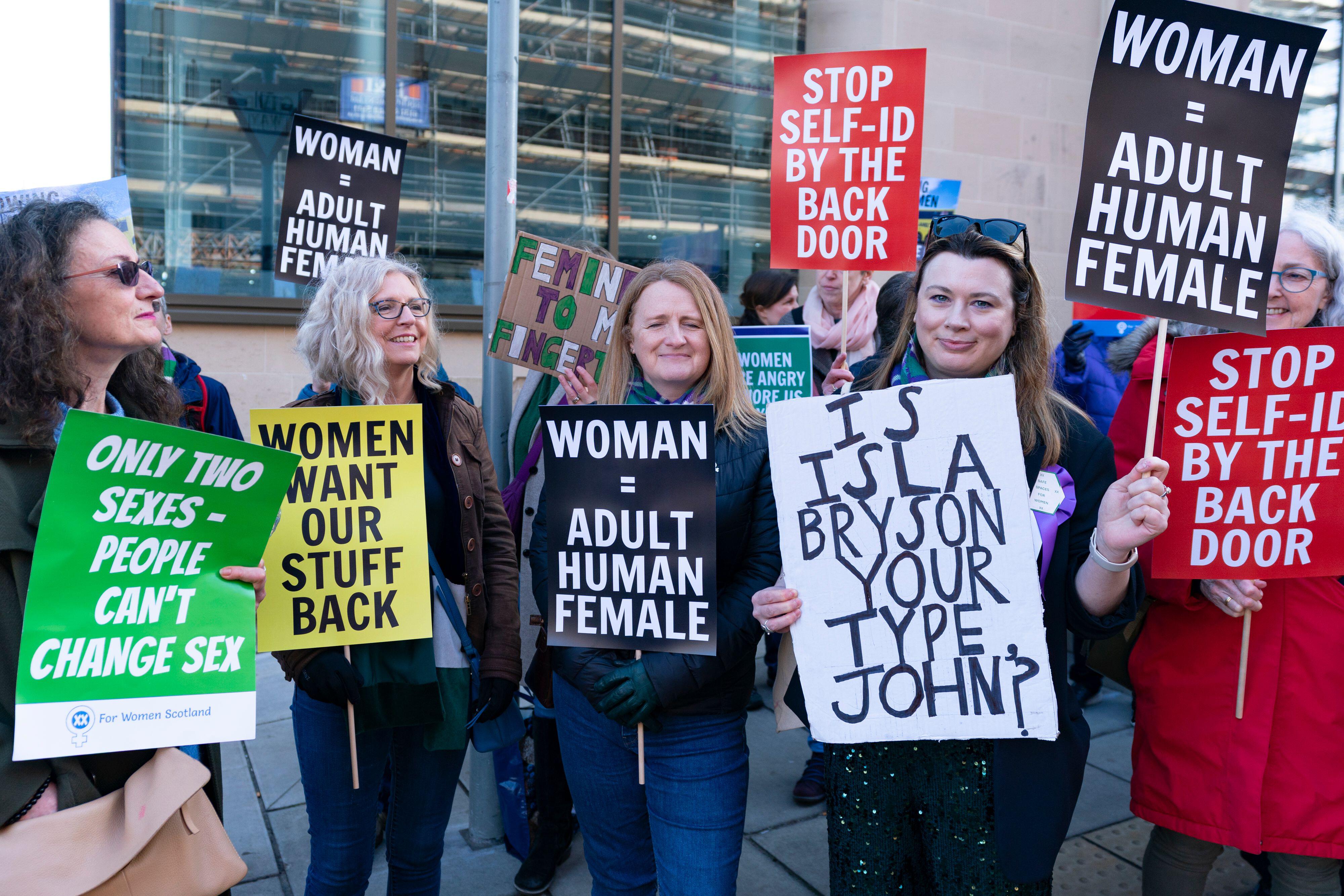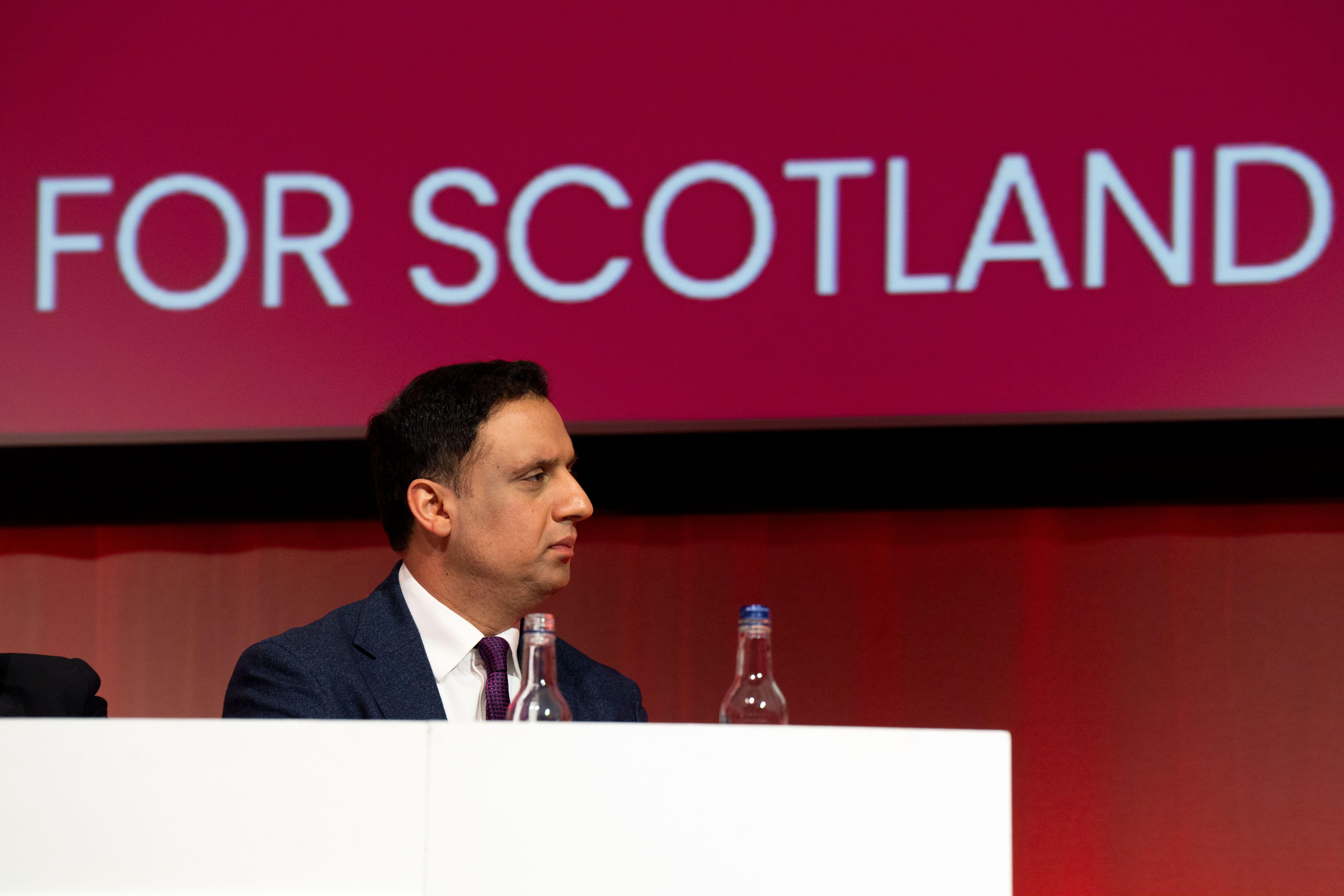Broken record: Despite its many failures in government, the SNP is on course to win another election
With a year still to go before the next Holyrood election, the result already looks to be a foregone conclusion. A number of recent polls have put the SNP comfortably ahead of its rivals, meaning John Swinney is unlikely to be handing over the keys to Bute House come May 2026. By the time of the election, Scotland’s ruling party will have been in power for nearly two decades under four different leaders. And while there have been factors outside its control – a financial crisis, a vote to leave the EU, a pandemic – it would be fair to say that life has not improved for most Scots.
Not so long ago, things looked like they might turn out differently. Before Labour won the general election, the party was resurgent north of the border. In April last year, it overtook the SNP in the polls for the first time since the 2014 independence referendum, putting Anas Sarwar on course to be first minister – his party’s first since Jack McConnell. Then the roof fell in.
Since coming to power at Westminster, Labour has made one controversial decision after another: scrapping the winter fuel allowance for most pensioners; denying compensation to the Waspi women; raising employers’ National Insurance contributions; cutting disability benefits. For Keir Starmer, who does not have to face the electorate again until 2029, it makes sense to get the difficult stuff out of the way early in his premiership.
But for Sarwar, the impact has been devastating. One recent poll showed the party on course for its worst-ever Holyrood result, winning just 18 seats compared to the 22 it currently has. The effect has been compounded by the Scottish Labour leader’s own mistakes, namely promising to save jobs at the Grangemouth oil refinery in the run-up to the general election only to abrogate responsibility after the vote, and his clumsy attempts to re-write history over Labour’s position on gender self-identification and the protection of women-only spaces.
It is that issue, more than any other, which has come to define not only the current parliament but Scottish politics more broadly in the run-up to the next election. Despite the vituperative debate happening in wider society, the government’s gender recognition reforms were passed amid cosy consensus at Holyrood in December 2022. Only the Tories and a handful of SNP and Labour rebels voted against the legislation before it was blocked from receiving royal assent by then Scottish Secretary Alister Jack. The legislation is now back in the spotlight following last month’s Supreme Court judgment that for the purposes of the Equality Act, ‘woman’ should be defined by biology.
The issue has become emblematic of the stasis at Holyrood where very little of significance has been achieved so far this parliamentary session and where the three main parties largely occupy the same centre ground. Only recently, with the electoral threat posed by Reform UK, have the Scottish Conservatives begun tacking to the right, perhaps only slightly, but enough for one of the party’s MSPs to defect to the Lib Dems. Jamie Greene, one of only three Tories who voted for the Gender Recognition Reform Bill, said his former party was now in a “grotesque dance with Nigel Farage” as it attempts to appeal to right-wing voters.
Holyrood’s clubbiness extends to even left-wing members of the Scottish Greens. This week, MSPs on the parliament’s equalities committee fell in behind one of their own, Maggie Chapman, after she came close to defaming judges on the Supreme Court, accusing the institution of “bigotry, prejudice and hatred” following its judgment in the case of For Women Scotland vs Scottish Ministers. The Faculty of Advocates said Chapman’s comments were “not compatible” with her role as the committee’s deputy convener, but its SNP members disagreed, voting against a Tory motion that sought to have the MSP kicked off the cross-party group.
 Campaigners against gender self-ID protest outside an SNP meeting in Edinburgh | Alamy
Campaigners against gender self-ID protest outside an SNP meeting in Edinburgh | Alamy
But while the Tories are more or less united on the issue of sex and gender, the same cannot be said about everything else, with rumours continuing to swirl about further defections by unhappy MSPs. The party has already lost a number of councillors to Reform, with the right-wing party on course to win more than 10 MSPs at the election, according to the latest polling. Party leader Russell Findlay has sought to stave off that threat by moving his party further away from the centre on issues such as justice and the environment. Last month he questioned Scotland’s net zero strategy, calling the government’s so-called ‘just transition’ away from fossil fuels a “fiction”.
Indeed, the Tories were the only one of Holyrood’s parties not represented at Swinney’s recent summit, held with a year to go before the election. Initially billed by the first minister as a meeting to discuss the rise of the far-right, it was later rebranded as a “gathering aimed at protecting and strengthening Scotland’s democracy”. Ironically for a summit about bringing people together, the meeting had the added benefit for the first minister of creating division among his political opponents, who are currently ceding ground to Reform if the polls are to be believed. Findlay called it a “talking shop” and declined his invitation, while Sarwar attended and was left looking like the head boy to Swinney’s headmaster. “I will engage with all concerned to tackle the rise of divisive politics,” the Labour leader said ahead of the meeting. “But what we can’t allow to happen is for this summit to look like the Scottish establishment talking to itself.” In the end, that’s exactly how it looked.
Speaking in February when he first set out plans for the summit, Swinney talked of a new “age of uncertainty” where shared values were “under very, very vigorous threat from the politics of Farage”. Asked whether he would describe Reform as “far-right”, Swinney said he would. But there was no mention of Farage, Reform or even the far-right in the joint statement issued at the end of summit last month. Instead, it spoke of “safeguarding Scotland’s democracy” and recognising that “public discourse has become polarised and soured”.
And yet while safeguarding democracy is a noble aim, especially when we see it under attack elsewhere, the feelings of “disempowerment” and of being “failed” mentioned elsewhere in the statement have not happened without reason. For much of the past decade the SNP has harnessed that power of grievance and disenchantment to maintain its grip on power while delivering precious little. On education, health, and the environment, the government is failing to meet even its own targets. But while the party was punished by voters at last year’s general election, the SNP is likely to be returned to power in the parliament where it really matters, where it has control over spending, the NHS, schools, and criminal justice. It’s hard not to see that as a political system in a state of dysfunction.
Based on analysis of the latest polls, the SNP will likely end up with a reduced number of MSPs, either forming a minority government or rekindling its partnership with the Scottish Greens, a party which will by then be under different leadership. Despite the difficulties of the Bute House Agreement, which Humza Yousaf ended during his short time as first minister, the Greens look on course to increase their number at the next election. While voices on the left of the party caution against another deal with the SNP, the allure of power and a “pro-independence majority” may prove too great.

Anas Sarwar’s Scottish Labour has seen a significant dip in the polls | Alamy
Discussion of Scotland’s constitutional future, which dominated Holyrood politics for a decade, has been conspicuous by its absence of late. The Scottish Government’s defeat at the Supreme Court in 2022 effectively closed the SNP’s last legal route to securing a referendum, a tactical misstep by former first minister Nicola Sturgeon. Since then, the world has become a more fractured and dangerous place – we are, to borrow the first minister’s phrase, in an uncertain age, with war in Europe and a US president intent on reshaping the world order in his image.
While the polls consistently show around half of Scots see a future outside of the UK, the same surveys show a second referendum is only a priority for a small minority of voters. Recent YouGov polling, for example, found independence was the top priority for just 14 per cent of all voters and 32 per cent of those who voted SNP at the general election.
If the next election currently looks like a formality – and much can change in the course of a year – then the great unknown remains the role that Reform will play. A recent Survation poll recorded the party’s highest-ever support in Scotland, putting it ahead of the Conservatives in both the constituency and regional vote. With the exception of a number of councillors who have defected from the Tories, the party has very little footprint north of the border. A recent ramshackle press call at a Glasgow chippy – where deputy leader Richard Tice was unable to name the two councillors he was there to introduce – suggests Reform’s low profile may actually be an advantage. The more scrutiny the party comes under in the run-up to the election, the more voters will be able to judge for themselves whether Farage’s outfit can be an effective right-wing voice at Holyrood.
The party’s most high-profile figure in Scotland is Glasgow councillor Thomas Kerr, who defected from the Tories earlier this year and told this magazine he had been branded a “fascist” for doing so. But the party does not currently have a Scottish leader, raising the possibility that Farage himself may play more of a role in the run-up to the election. The former Ukip leader’s past trips to Scotland have not been without incident – he had to be led to safety by police after being barricaded in an Edinburgh pub during a visit in 2013. A recent YouGov poll found fewer than one in five (19 per cent) Scots have a favourable view of Farage, although Starmer didn’t do much better (27 per cent) and Conservative leader Kemi Badenoch did worse (13 per cent). By contrast, Swinney scored 34 per cent, giving him a net approval rating of -14.
This week Swinney will set out his programme for government at Holyrood, having brought it forward from September, with rumours of a cabinet re-shuffle to follow.
It remains to be seen whether Labour can recover some of the ground it has lost since coming to power at Westminster last year. While there’s still a long way to go until the Holyrood election, the party’s decline in the polls has been precipitous, and momentum is a much easier thing to lose than to build. The party’s message in the run-up to the general election was one of ‘change’ after 14 years of Tory rule. Scotland, it seems, is not quite ready for that change just yet.
Holyrood Newsletters
Holyrood provides comprehensive coverage of Scottish politics, offering award-winning reporting and analysis: Subscribe